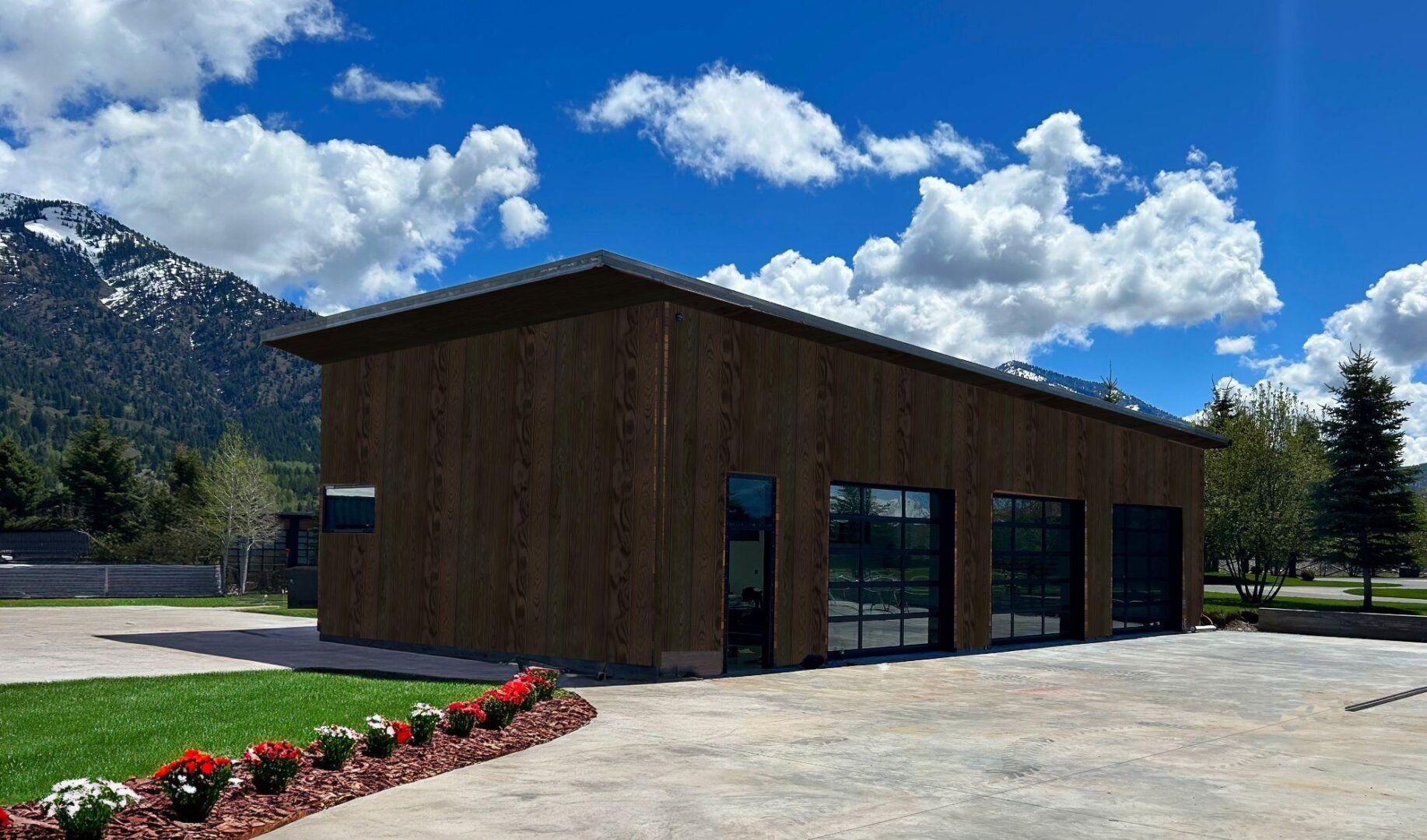
It seems obvious that choosing a great exterior species is the first and most important step in an exterior project. You’re either setting yourself up for success or immediate failure depending on the species you choose, as certain species will simply not hold up in harsh weather conditions. Wood cladding is no exception as you want a strong performing envelope for your house. While we’re happy to assist in the species selection on a case-by-case basis with our customers, the idea came to mind to “do the math” ahead of time, creating lines of finished wood cladding that start with the very best species before focusing on other aesthetic elements like color and texture. And, thus, our Alpha cladding was introduced, providing a ready-made recipe ensuring a reliable product that looks great for exterior applications.
Which Wood cladding species to choose?
The Alpha development process took a lot of trial and error to find the best combinations, but no matter what, we always started with the same six species: White Oak, Thermally Modified Ash, Sapele, Jatoba, Cypress, and Western Red Cedar. While there are many other fantastic exterior species options, our goal with Alpha was to create many distinctive looks that all fall within a similar price range. These species all have stellar reputations for performance in exterior applications, plus they are beautiful with varying appearances. But, finally, the similar prices meant that we could create lines of looks without 1 or 2 of those looks costing substantially more. Our entire Alpha offering can all roll up under a similar pricing matrix.
Testing finishes, wood grain and texture across all these species resulted in some interesting conclusions. One of the most impactful lessons showing the importance of species choice was found in our white and grey color offerings. Below are three panel images showcasing Southampton, Coronado, and St. Croix from our several of our regional collections. What may be surprising to you is that all three use the exact same White finish. It is so clearly the species underneath that determines how the color appears. Southampton utilizes Western Red Cedar, a species known for its natural color variation, and that is extremely evident in this photo. Coronado features Thermally Modified Ash, which gives us a dark brown base causing the white finish to appear like a weathered grey. St. Croix starts with White Oak, a very light colored yet heavily grained species (more on grain later). The White Oak creates a blank canvas for the white finish resulting in the most consistently white option in our Alpha cladding collections.
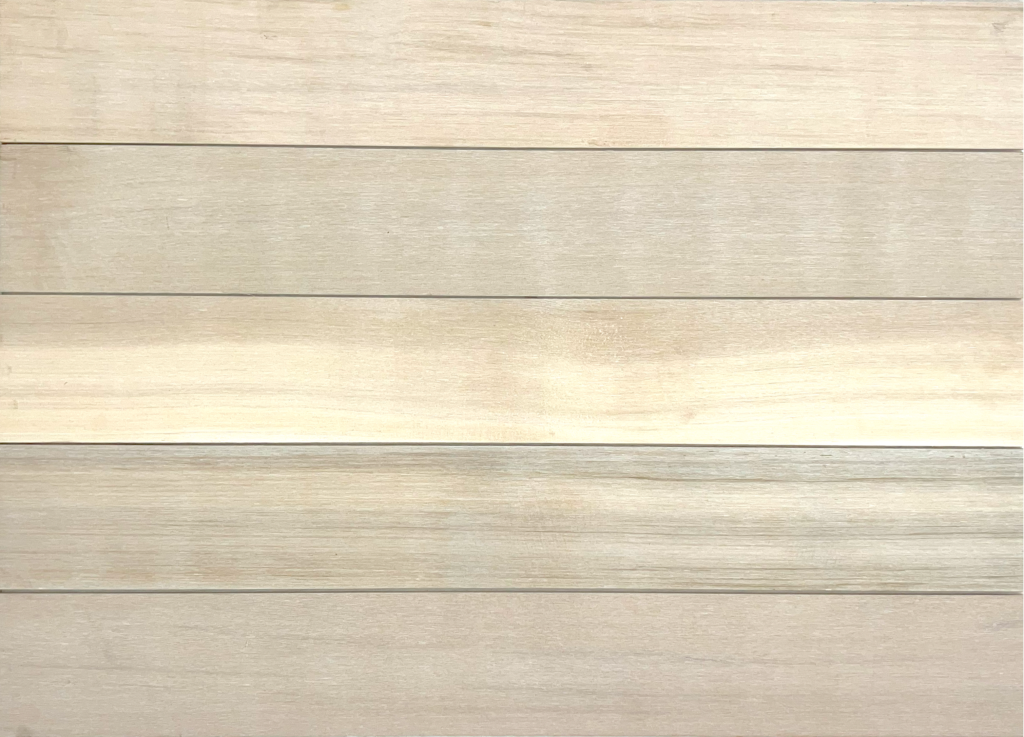
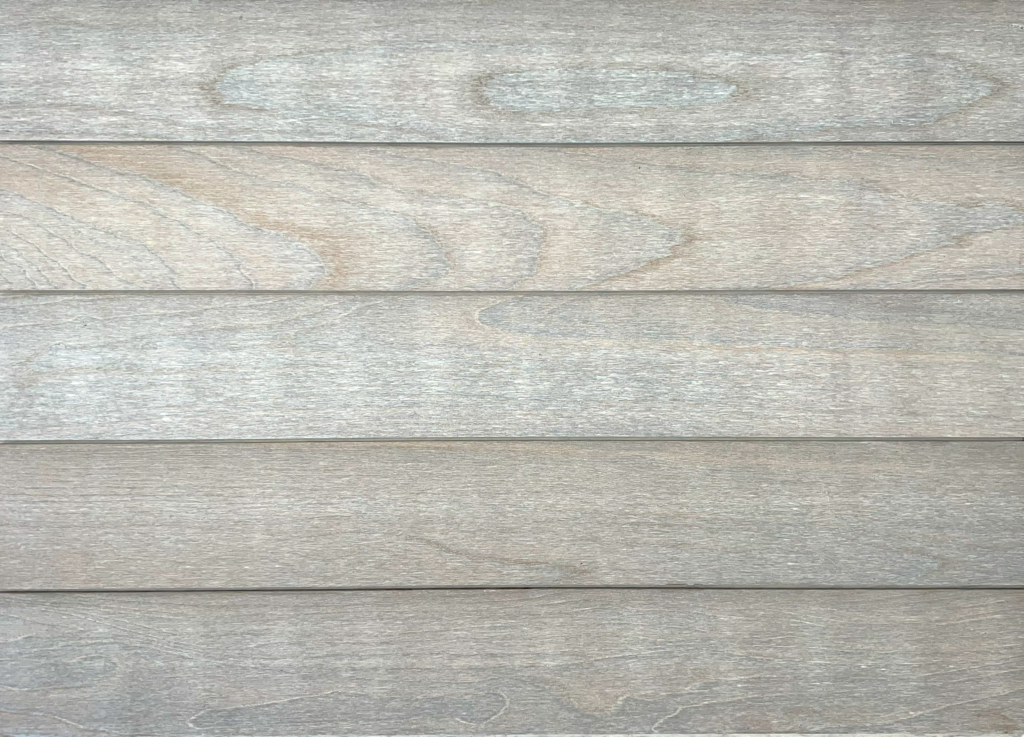
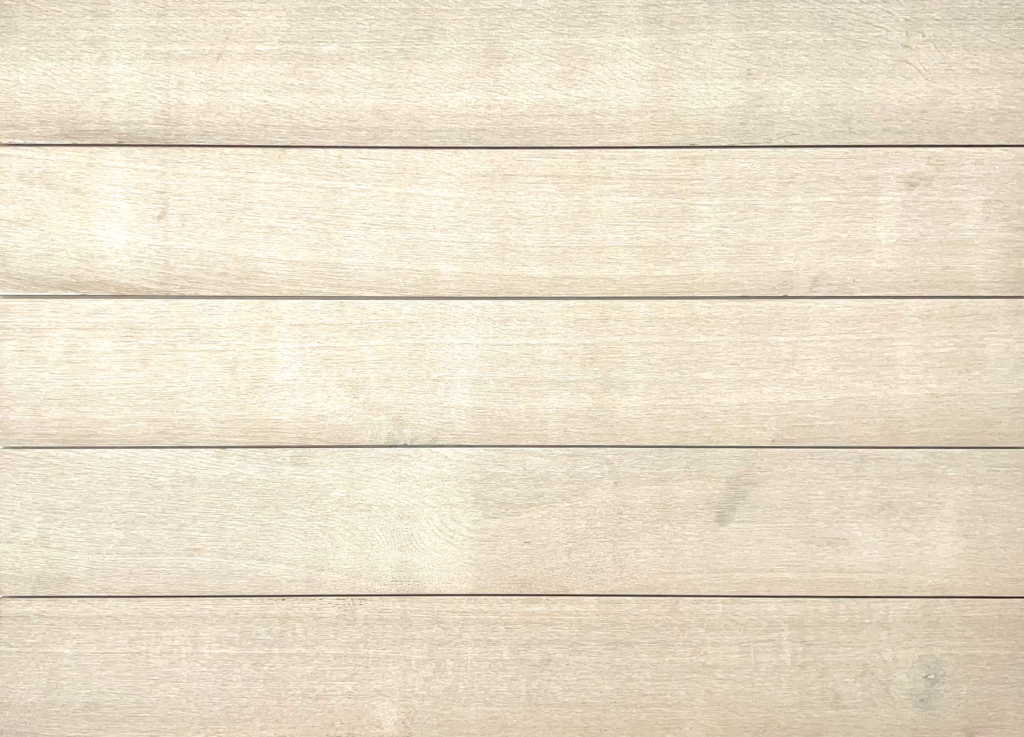
In the case of Carmel and Mystic shown below, the Alpha development team made a game-time decision, changing the species right before our official launch. Initial testing led us to choose Thermally Modified Ash, but during the process of scaling up to provide a high-quality factory finish, we discovered that our initial species was going to be too dark, preventing the finish from appearing the way we intended. White Oak was the solution, providing a lighter background color and beautiful grain pattern to help showcase the finish the way it was meant to be seen.
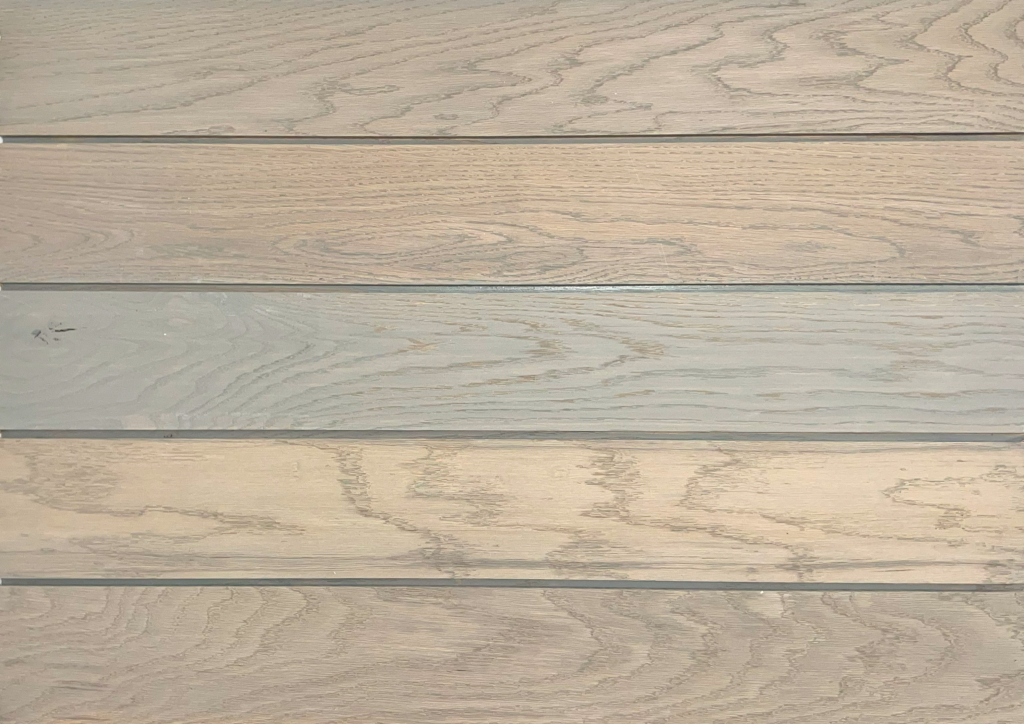
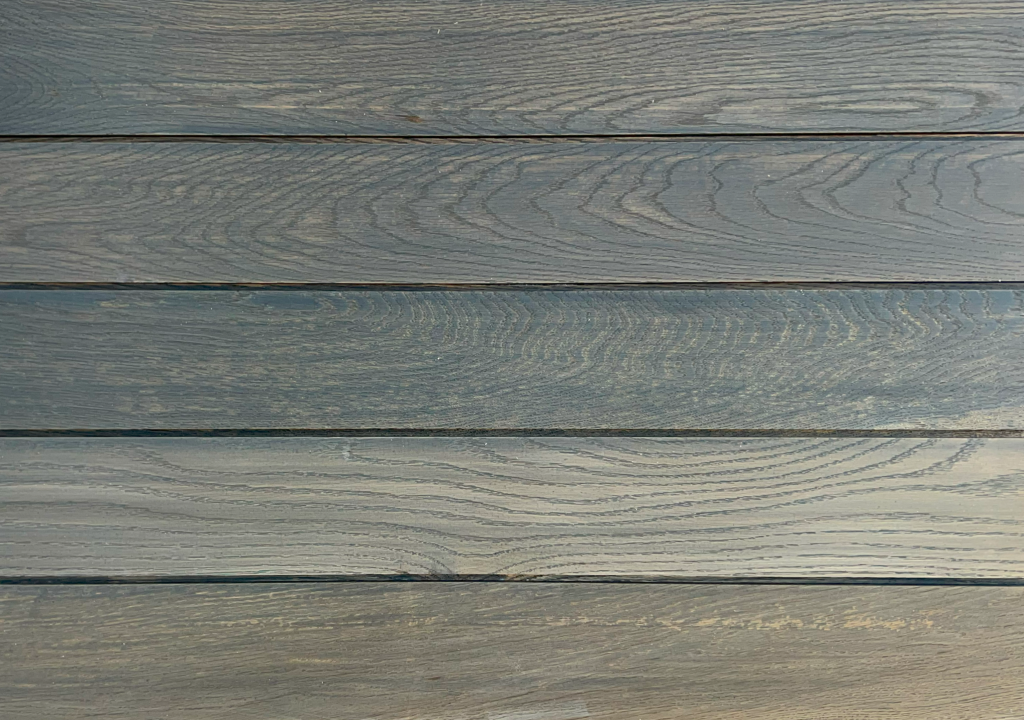
Choosing the right species is important no matter the project, whether it be wood cladding, soffits, or even decking. We’ve learned with every run of our Alpha products how essential the right species is for finished products. It is the vital first step that makes or breaks the rest of production and installation, but it is also a key factor in the longevity of the product once installed. Remember, this step is not all about aesthetics but the overall performance of the species in harsh outdoor environments. No amount of high tech finish will make a poorly performing exterior wood work out. You must start with the right types of wood first. We’re just lucky that our exterior species seen in our Alpha collections also happen to be some of the most beautiful we’ve ever seen!

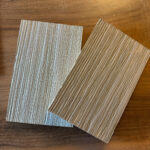
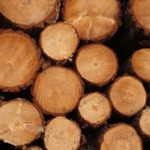
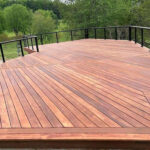
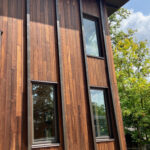
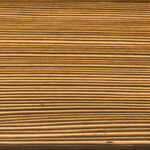
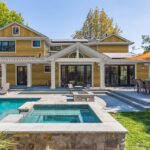


Leave a Reply